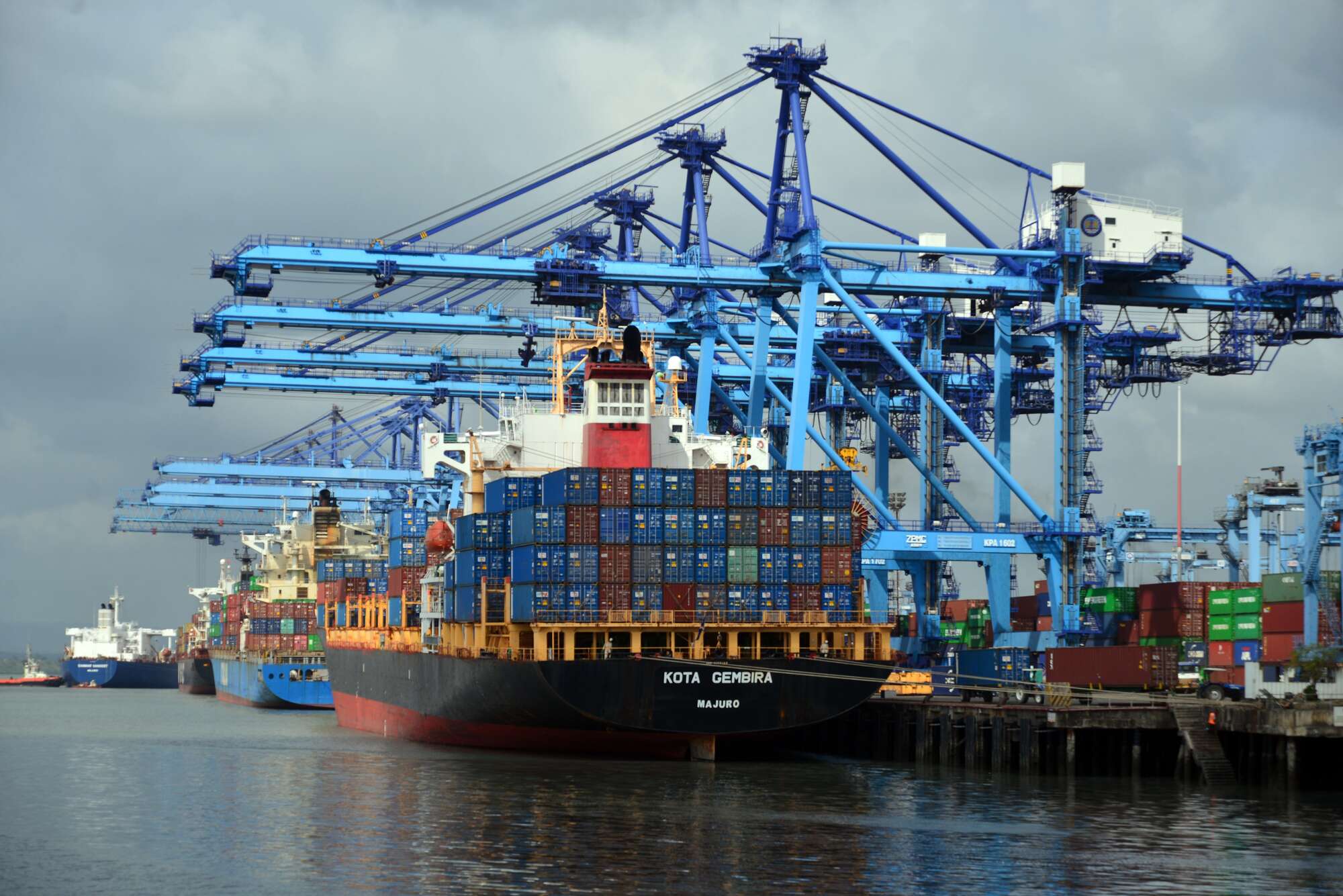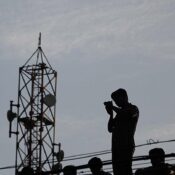
Mombasa loses 17% of its freight to Dar, which leads to gridlock
The Mombasa port’s management is frantically trying to stop business from flowing to its Tanzanian rival, Dar es Salaam, after losing 17% of its transit cargo.
While Dar rejoices at the good news, it is grappling with an increasing amount of traffic, which has led to an increase in demurrage fees as a result of cargo clearance delays.
Tanzania’s attempts to attract importers and exporters to its main port are responsible for the increase in throughput in Dar. However, port congestion has grown to be a pain in recent weeks, and according to worldwide vessel tracker vesselfinder.com, 15 ships are slated to arrive in the next 30 days, making things worse in the coming days.
In contrast, Mombasa port has seen an improvement in vessel and truck turnaround times as a result of its declining clientele.
The Dar port is currently handling 100,000 twenty feet equivalent units each month, which is 50% higher than it was earlier this year, due to an increase in container traffic that has occurred in the last few months.
Given their shelf life, some fresh produce exporters have chosen to ship their shipment from Mombasa as a result of the delays.
Because of its efficiency, the Port of Mombasa now handles a higher volume of fresh product cargo. Since such perishable goods must be transported on schedule, we are handling many containers from Tanzania here at Mombasa,” KPA managing director Capt. William Ruto stated.
This week, the Tanzania Ports Authority and Tanzania Revenue Authority unveiled plans to ease traffic in the country’s main port.
In order to speed up cargo circulation within the port terminal, stakeholders decided to permit containers to be loaded onto ships prior to the completion of scanning reports.
Plasduce Mbossa, the director-general of TPA, noted that the delays had frustrated people, but he emphasized how crucial it is to follow safety procedures.
“Cargo owners feel they are being delayed but those conducting scans are fulfilling their duties to ensure 100 percent safety,” added Mbossa. “According to our charter, scanning should take 30 minutes or less, and if it takes longer, it’s a rare case and solutions are being sought to ensure everything goes smoothly.”
For a period of six months, ending on February 15, 2025, the Kenya Ports Authority (KPA) has announced new promotional pricing for containerized cargo going to the Inland Container Depot in Nairobi and container freight stations.
Additionally covered by the agreement are shore handling fees and a free storage term for imported containerized cargo shipped via rail. Traders had to pay roughly $145 for a 20-foot container and $200 for a 40-foot container prior to the increased taxes.
The KPA has established shore handling costs in the new tariff, which apply to imported containerized cargo that is railed to the ICDN and transferred to CFSs situated in Nairobi. The rate for a 20-foot container is $103, while the rate for a 40-foot container is $157.
According to CEO of the shippers’ association Agayo Ogambi, they are experiencing increased efficiencies, with an average cargo stay time of 3.5 days. Shippers are pleased with the trend.
“More than 12 percent of cargo is verified at the ICDN, and over 90 percent of cargo is cleared within the free period,” he stated.
Mr. Ogambi stated that improved and reliable rail services are a needed in addition to the promotional fares. The promotional rates’ intended goals would be defeated by any delays.
All Categories
Recent Posts
Tags
+13162306000
zoneyetu@yahoo.com



